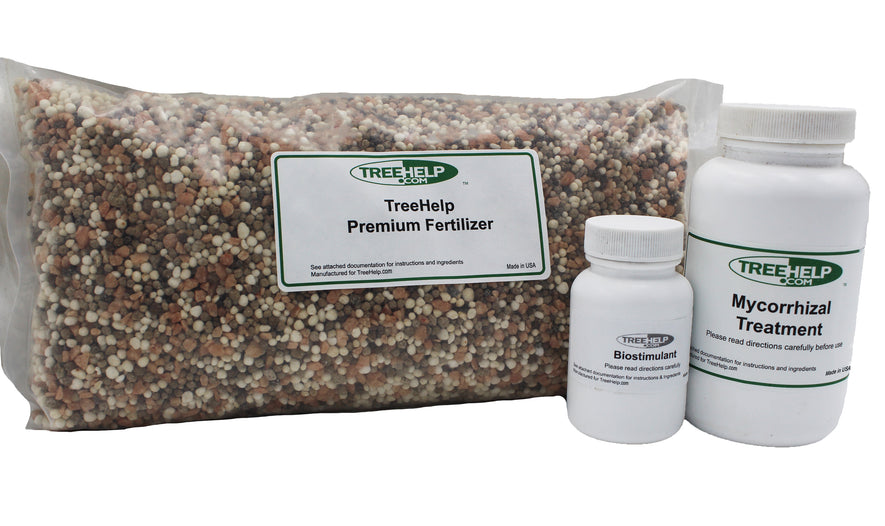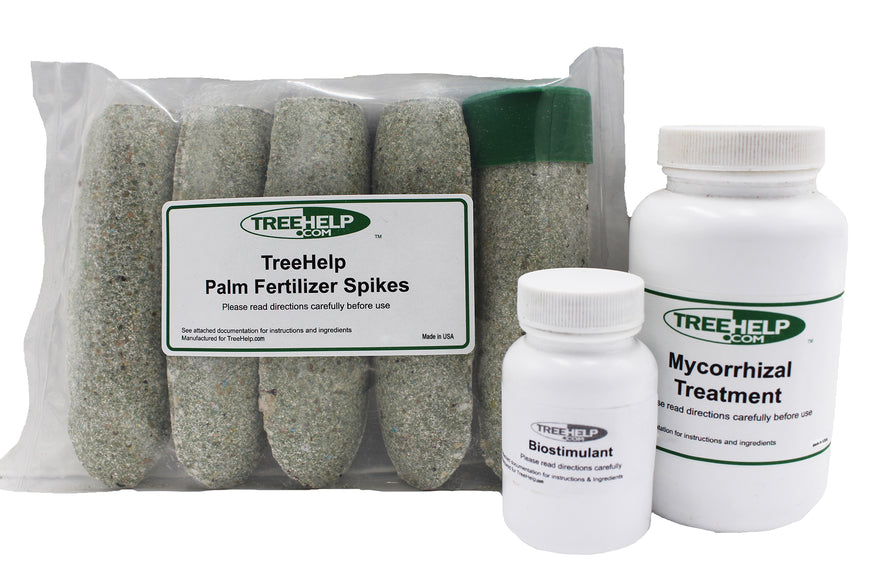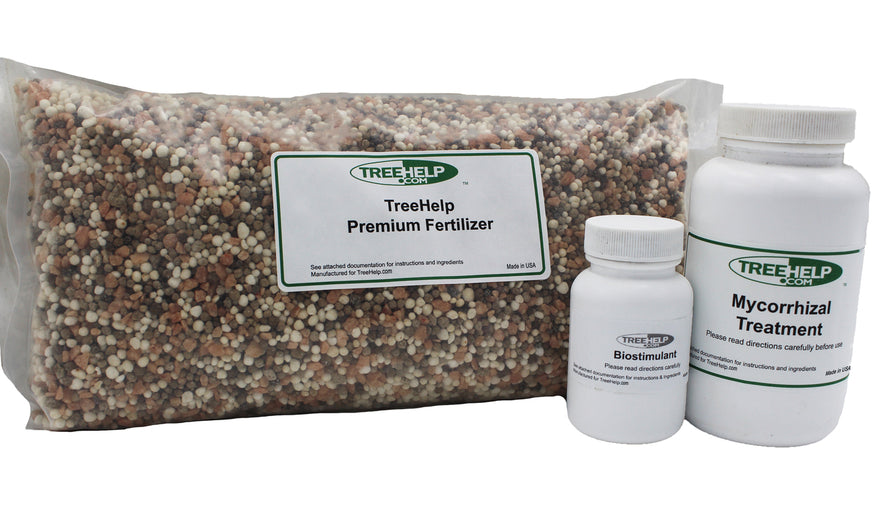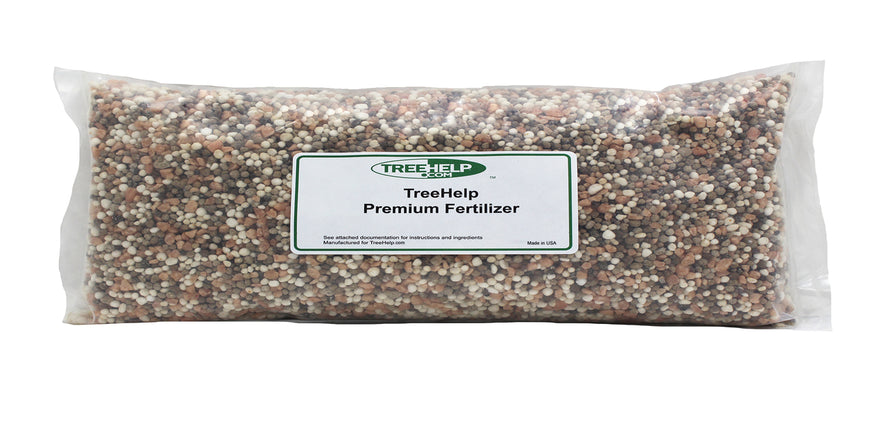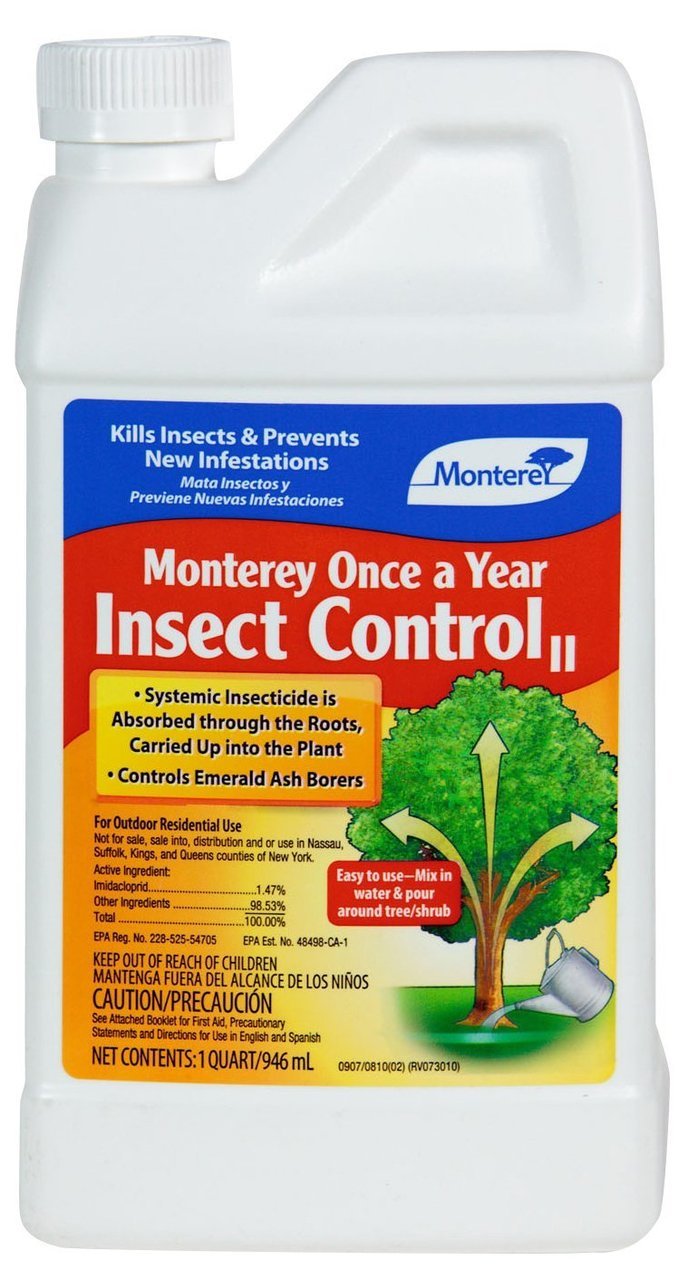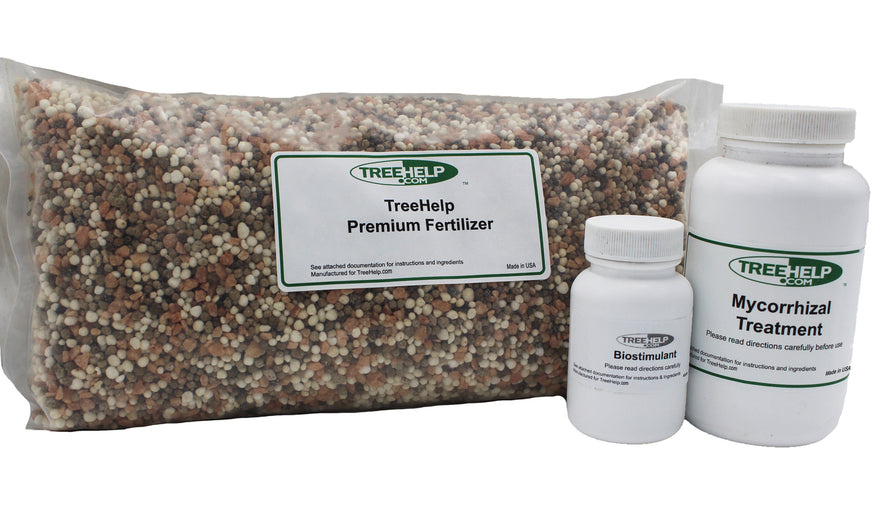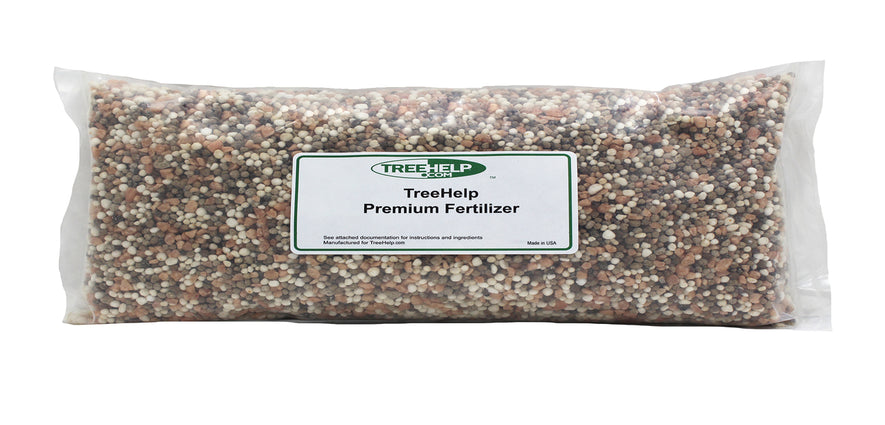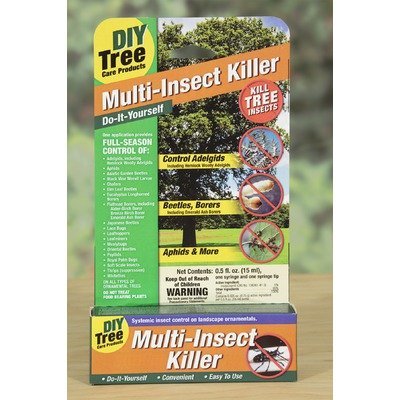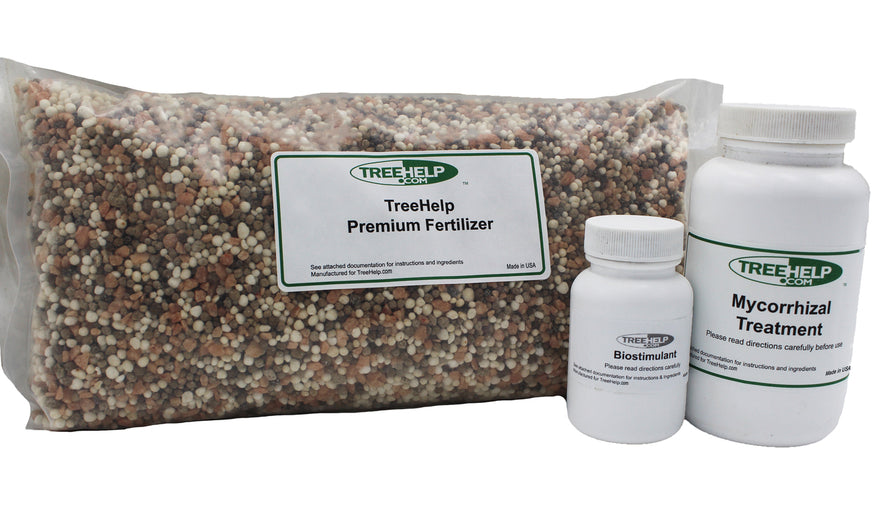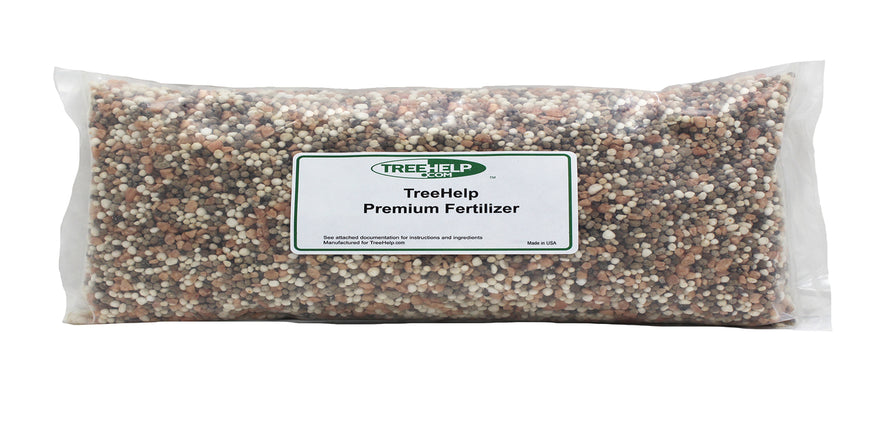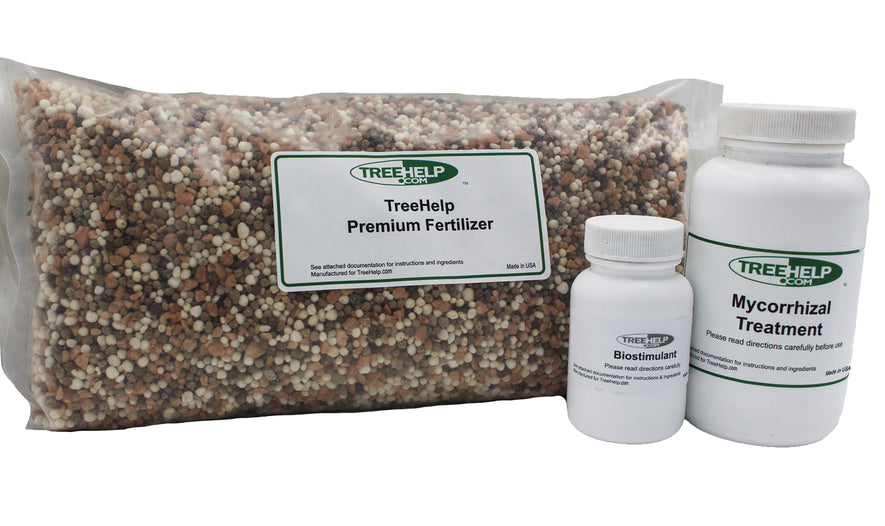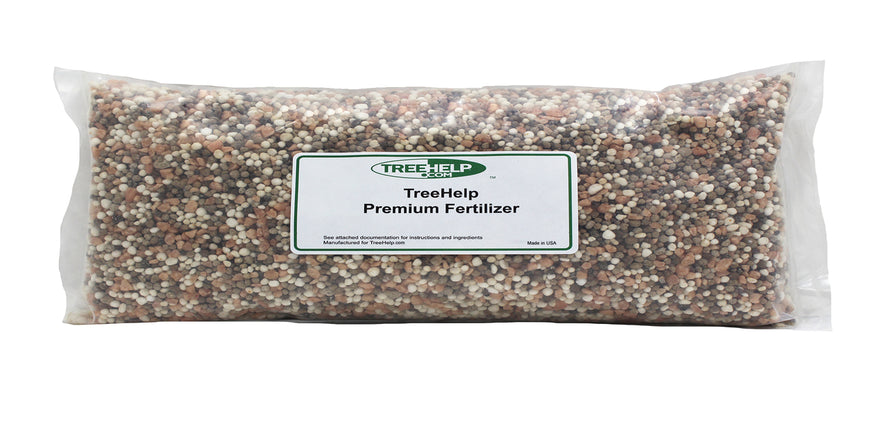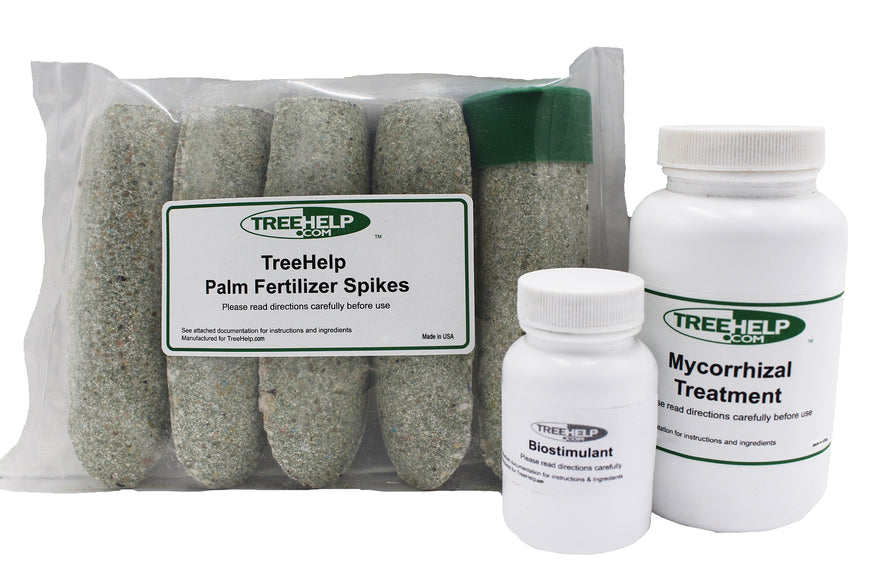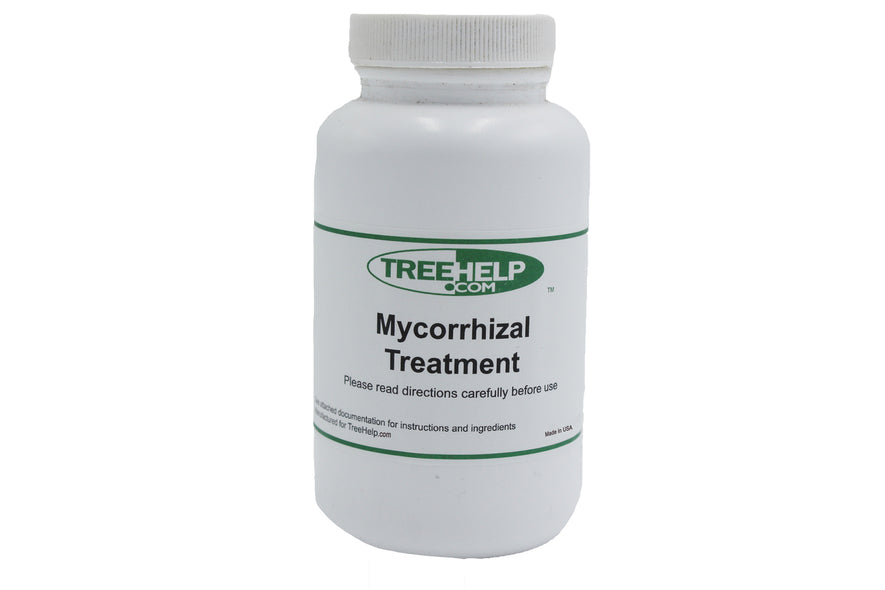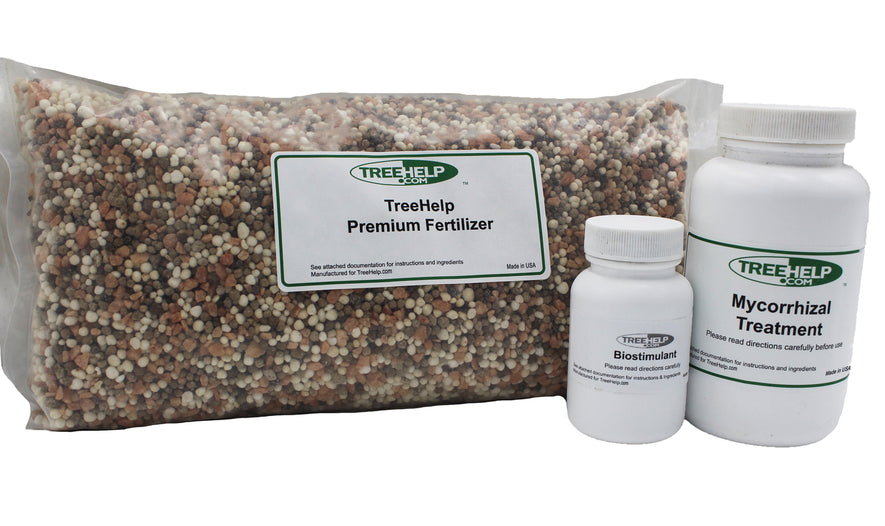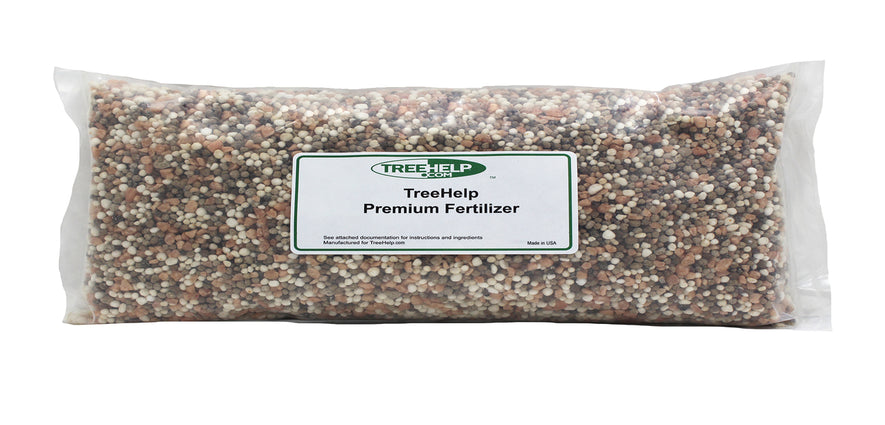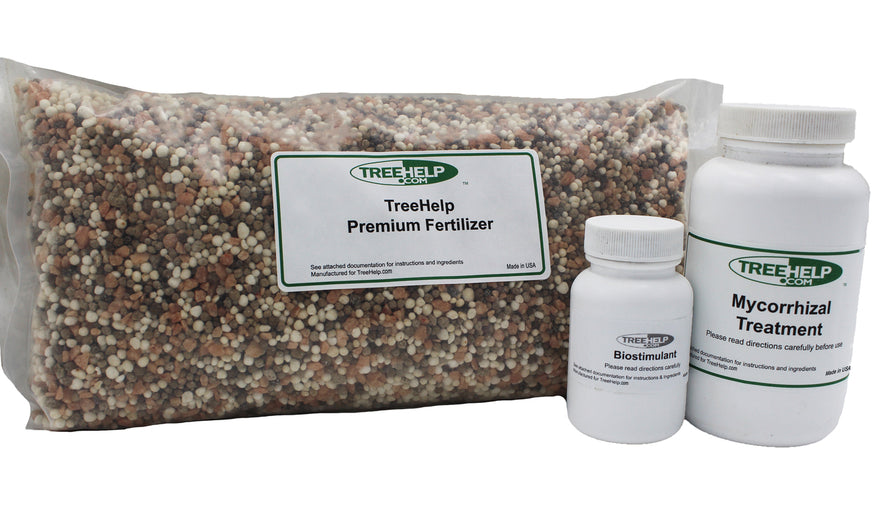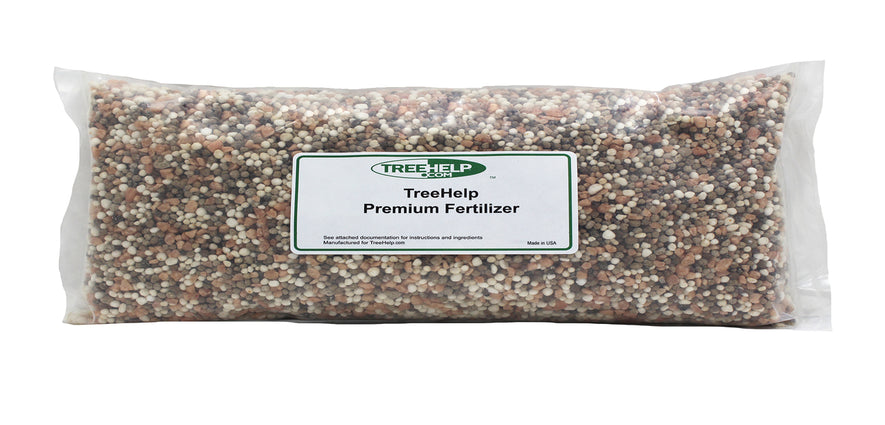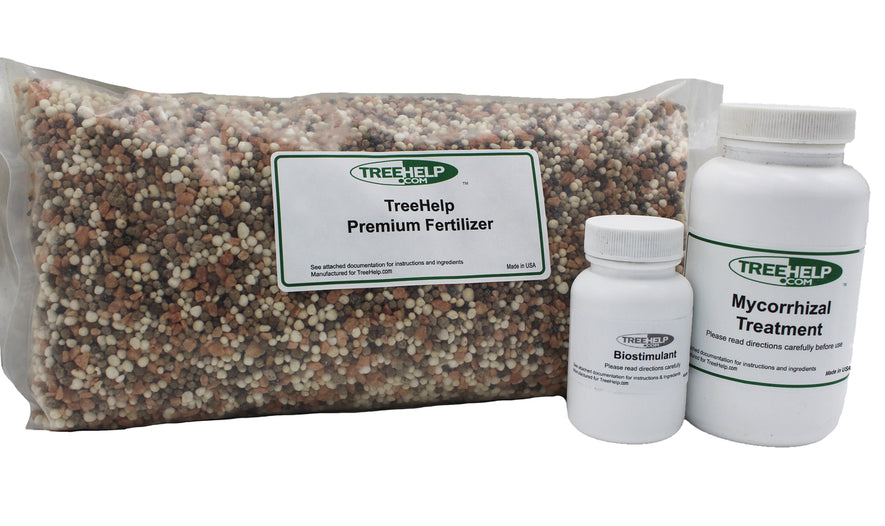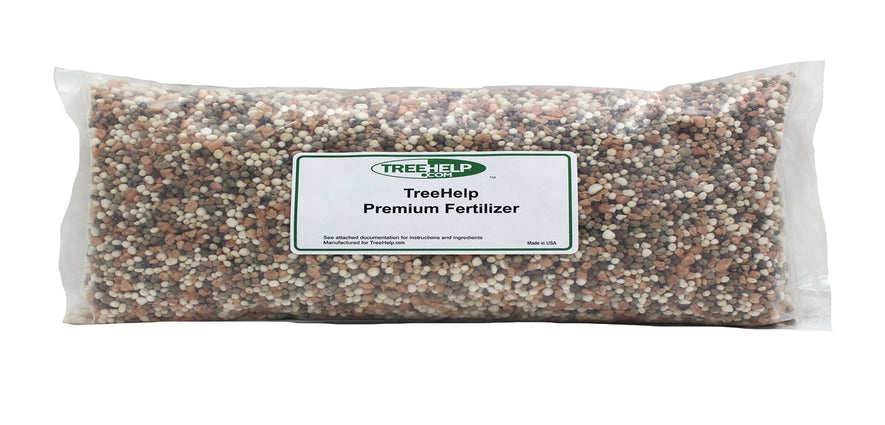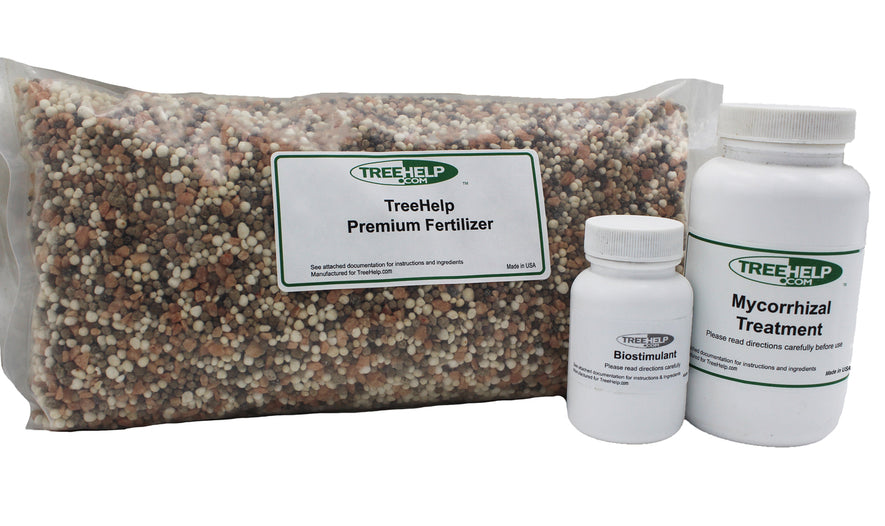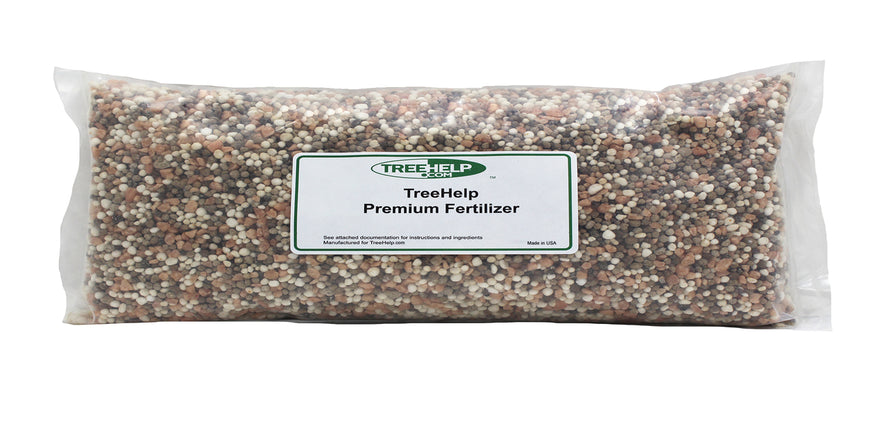-
TreeHelp Annual Care Kit Proudly Made in the USA TreeHelp developed easy-to-use Annual Care Kits to help homeowners maintain healthy and vibrant trees. TreeHelp...
- Regular price
- $34.95
- Regular price
-
- Sale price
- $34.95
- Unit price
- per
-
TreeHelp Annual Care Kit: Oak Proudly Made in the USA TreeHelp developed easy-to-use Annual Care Kits to help homeowners maintain healthy and vibrant oak trees....
- Regular price
- $34.95
- Regular price
-
- Sale price
- $34.95
- Unit price
- per
-
Once-A-Year Insecticidal Drench w/Merit Not Available for Sale in Canada An effective insecticide that can be applied to the roots of large trees that...
- Regular price
- $24.95
- Regular price
-
- Sale price
- $24.95
- Unit price
- per
-
TreeHelp Annual Care Kit: Maple Proudly Made in the USA TreeHelp developed easy-to-use Annual Care Kits to help homeowners maintain healthy and vibrant maple trees....
- Regular price
- $34.95
- Regular price
-
- Sale price
- $34.95
- Unit price
- per
-
Multi-Insect Killer Tree Injection Kit Not Available for Sale in Canada Contains 0.5 fl. oz. (15mL) vial of injectible insecticide, one syringe and one syringe...
- Regular price
- $41.95
- Regular price
-
- Sale price
- $41.95
- Unit price
- per
-
TreeHelp Annual Care Kit: Dogwood Proudly Made in the USA TreeHelp developed easy-to-use Annual Care Kits to help homeowners maintain healthy and vibrant dogwood trees....
- Regular price
- $34.95
- Regular price
-
- Sale price
- $34.95
- Unit price
- per
-
TreeHelp Annual Care Kit: Birch Proudly Made in the USA TreeHelp developed easy-to-use Annual Care Kits to help homeowners maintain healthy and vibrant birch trees....
- Regular price
- $34.95
- Regular price
-
- Sale price
- $34.95
- Unit price
- per
-
TreeHelp Annual Care Kit: Palms &... Proudly Made in the USA A complete do-it-yourself care package to maintain healthy and beautiful palms, palmettos and sagos. This...
- Regular price
- $34.95
- Regular price
-
- Sale price
- $34.95
- Unit price
- per
-
TreeHelp Annual Care Kit: Ash Proudly Made in the USA TreeHelp developed easy-to-use Annual Care Kits to help homeowners maintain healthy and vibrant ash trees....
- Regular price
- $34.95
- Regular price
-
- Sale price
- $34.95
- Unit price
- per
-
TreeHelp Annual Care Kit: Cherry Proudly Made in the USA TreeHelp developed easy-to-use Annual Care Kits to help homeowners maintain healthy and vibrant Cherry trees....
- Regular price
- $34.95
- Regular price
-
- Sale price
- $34.95
- Unit price
- per
-
TreeHelp Annual Care Kit: Olive Proudly Made in the USA TreeHelp developed easy-to-use Annual Care Kits to help homeowners maintain healthy and vibrant Olive trees....
- Regular price
- $34.95
- Regular price
-
- Sale price
- $34.95
- Unit price
- per
-
TreeHelp Annual Care Kit: Aspen Proudly Made in the USA TreeHelp developed easy-to-use Annual Care Kits to help homeowners maintain healthy and vibrant Aspen trees....
- Regular price
- $34.95
- Regular price
-
- Sale price
- $34.95
- Unit price
- per
free shipping on most orders over $125 - $7.95 Flate Rate for All Other Orders


 Of the number of pests which are attracted the birch trees, the bronze birch borer (Agrilus anxius) is the most important as it is both lethal and difficult to control. As an adult, the borer is a small bronze coloured beetle up to 2 inches (5cm) in length. The damage, though, is not caused by the beetle itself but by the larvae which bore into the phloem and cambium layers after emerging from their eggs on the bark. The borers' tunneling weakens and kills trees by interrupting the flow of sap. The entire lifecycle of the borer is one year from egg to beetle.
Of the number of pests which are attracted the birch trees, the bronze birch borer (Agrilus anxius) is the most important as it is both lethal and difficult to control. As an adult, the borer is a small bronze coloured beetle up to 2 inches (5cm) in length. The damage, though, is not caused by the beetle itself but by the larvae which bore into the phloem and cambium layers after emerging from their eggs on the bark. The borers' tunneling weakens and kills trees by interrupting the flow of sap. The entire lifecycle of the borer is one year from egg to beetle.